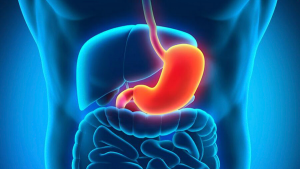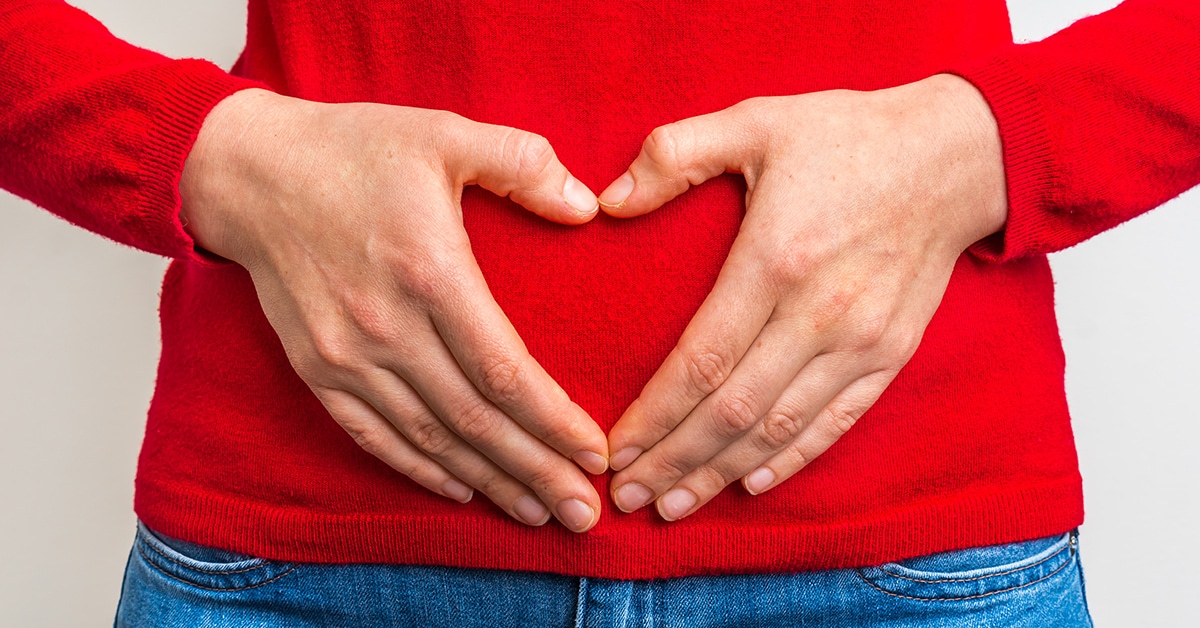Are you a little over 30? Have you started to notice that food that used to be tasty does not add to your appetite? Periodically there is a heaviness in the abdomen, a feeling of bloating?
These and other symptoms are a reason to think about the health of the stomach and be examined for H. pylori infection. According to the latest data, about 50% of the world’s population is infected with it.
What is this animal – Helicobacter pylori?
This small spiral-shaped bacterium with a flagellum is able to survive in conditions of high acidity of the stomach, although most bacteria and viruses die there. The presence of a flagellum allows it to actively move and penetrate into the mucous membrane, multiplying and causing inflammation, the formation of erosions and ulcers. Helicobacter predominantly affects the pyloric part of the stomach (hence the name – pylori) and the duodenum.
How can you get infected?
H. pylori infection occurs through food, water, also with kisses, through infected dishes, and less often with endoscopic instruments if disinfection and sterilization rules are not followed.
What diseases and conditions does Helicobacter pylori cause?
Vivid manifestations of infection are acute and chronic gastritis, gastric ulcer and duodenal ulcer. As a rule, these diseases are accompanied by pain and dyspeptic symptoms, forcing you to see a doctor.
Often, there is an erased or asymptomatic course of H. pylori infection, which does not alert the patient. Periodically there is bloating, heaviness or other discomfort in the abdomen, slight loosening of the stool or persistent constipation, belching, heartburn, mild nausea. Changes in taste, bad breath … But who does not have these symptoms – you say? Yes, these manifestations are possible with any digestive disorder – either ate, overeat, and so on.
If the discomfort that has arisen goes away on its own, is it worth worrying?
Yes, it’s worth it. Even if the symptoms do not interfere with the quality of life, with H. pylori infection, serious changes occur in the stomach lining. Any inflammation – from mild gastritis to visible erosions and ulcers, in the remote period can lead to the development of oncological processes (lymphoma, cancer). To prevent this, you need to be examined and treated in a timely manner.
How to get tested for H. pylori?
Currently, there are many methods for detecting this infection. The international gold standard is the histological examination of a piece of gastric mucosa obtained by fibrogastroscopy (FGS). But he also has limitations. This is a serious procedure that requires the preparation of the patient and the high qualifications of the doctor.
Therefore, non-invasive methods come to the fore in diagnostics, and the 13C Breathing urease test is recognized as one of the best for adults.
How is the test done?
The research takes 30-40 minutes. The patient comes in the morning on an empty stomach to the medical office of the laboratory, excluding intense physical activity during the previous day. You should bring a bag of citrus or apple juice with you. You need to drink the juice and exhale the first sample into a special sealed bag (this is the basic one – to determine the initial level of 13C). Then a diagnostic solution is taken – a neutral, safe liquid, colorless and odorless, and after 30 minutes, which must be held at rest, the diagnostic test is exhaled.
How does a breath urease test detect H. pylori?
The study is based on the ability of H. pylori https://en.wikipedia.org/wiki/Helicobacter_pylori to secrete the enzyme urease. Urease breaks down urea with the release of ammonia, which neutralizes hydrochloric acid (this is its secret of survival in the stomach) and carbon dioxide (CO2). If H. pylori is present in the body, then urease will actively break down the drunk solution of urea labeled with carbon isotopes 13C, forming ammonia and 13-CO2, which will be determined in the exhaled air.
Do I need preliminary preparation for the test?
Before the study, it is necessary to exclude antibiotics, bismuth and surcalfate preparations (de-nol, venter, ulgastran) in a month; in 2 weeks proton pump inhibitors (omeprazole, pantoprazole and others) are excluded.
A breath urease test is used both for the initial diagnosis and for evaluating the effectiveness of treatment.
Check up in a timely manner and be healthy!



